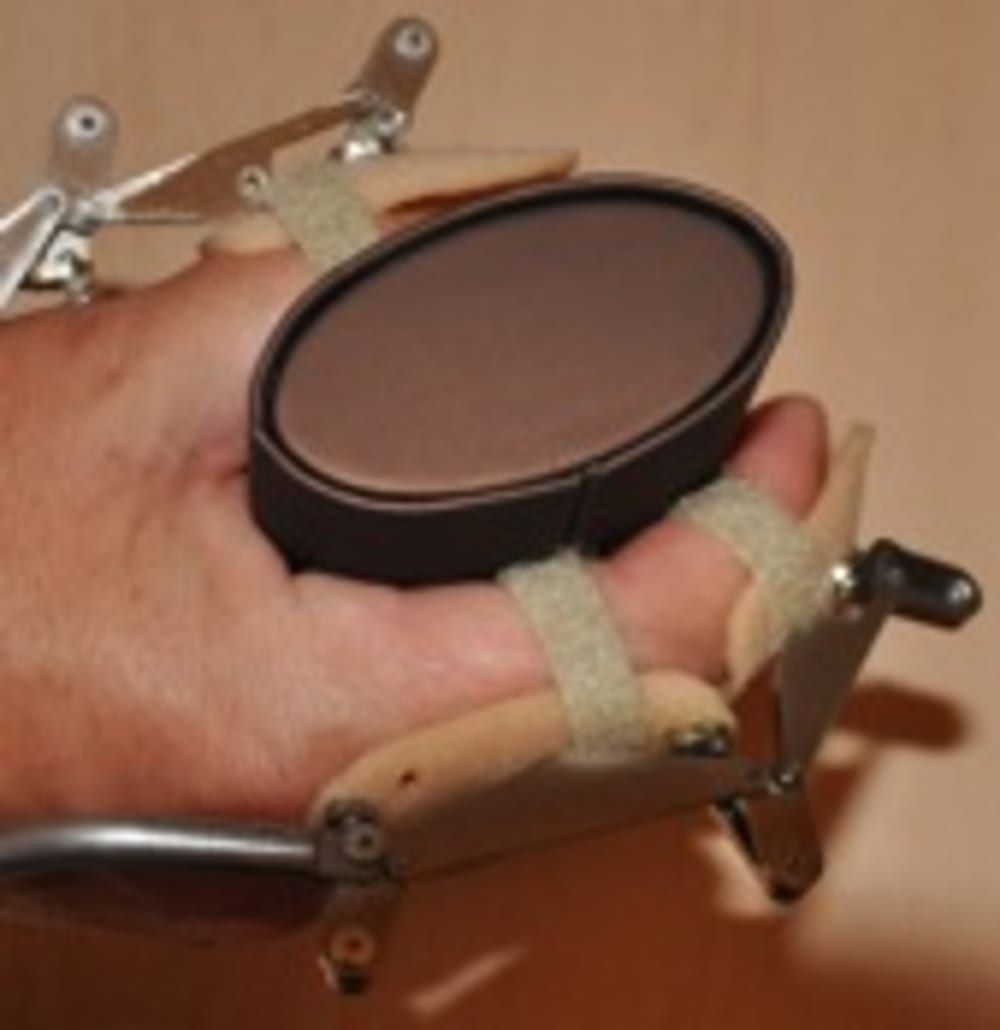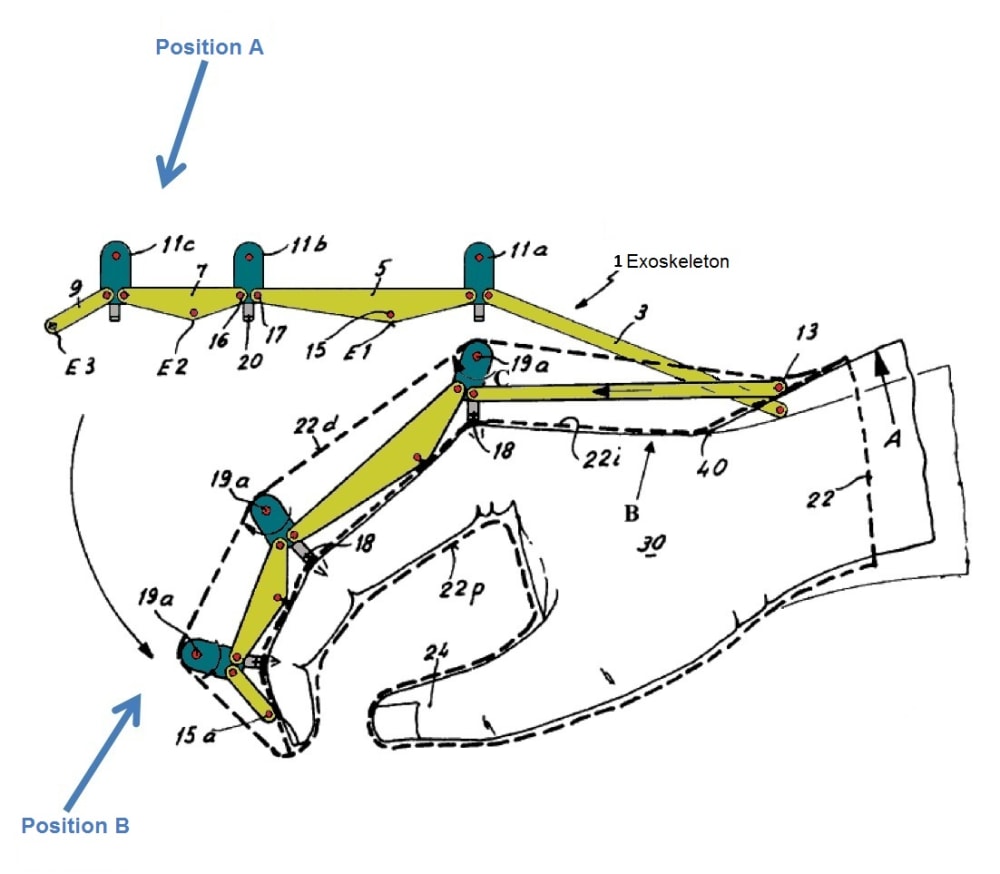People with disabilities have limitations in activities of daily life such as grasping a glass of water or moving an object. Orthotic products that improve or restore the functionality of the musculoskeletal system of a patient contribute to some extent to overcome the limitations described. So does the hand brace, used to treat musculoskeletal disorders caused by various diseases (rheumatic disorders, neurological, orthopedic and others). The invention proposes a novel exoskeleton to grasp any object. The novelty of this mechanism is that works without external energy. It works with a wrist movement that generates a kinetic movement and helps to grasp objects with an extra force.
Hand partial disabilities become a serious problem for many people, who neither have mobility and feeling in their hands, nor enough strength to support objects such as a simple glass of water. Mainly elderly people suffer this problem, but also many people who have suffered accidents and people with certain types of musculoskeletal conditions such as osteoarthritis.
For several decades the development of a new hand brace has included new technological advances. However, there is still a significant gap between the state of the art equipment designed in terms of presenting a combination of highly functional, durable, aesthetically and economically viable . In this regard, a number of factors are critical in the design of actuators for a hand:
In principle the design of the device used will be taken into account and therefore the device will be adapted to the size of the patient's hand and will have a suitable weight so that it can be used comfortably.
Furthermore the design must consider what is the best operating mechanism of the device in terms of type of actuator (manual or electric), gripping force provided by the apparatus and the gripping speed thereof. Finally, the design will have to evaluate which method is the union of the joints and the type of grip that provides special emphasis on the thumb because it is responsible for 40 of full functionality of ones hand. In this sense, the technology developed takes into account the following: It can be adapted to different hand sizes of patients and amplifies grip strength in addition to not requiring any external power source (no batteries or batteries, or EMG) and is driven only by the flick of the wrist. Therefore, the technology developed can be easily and conveniently used by patients in performing daily activities. It is easy to manufacture and it is economically competitive since it does not require complex mechanical components, what can make the technology developed one of the key factors when it comes to be funded by the NHS.
Like this entry?
-
About the Entrant
- Name:Esteban Pena Pitarch
- Type of entry:individual
- Patent status:patented





